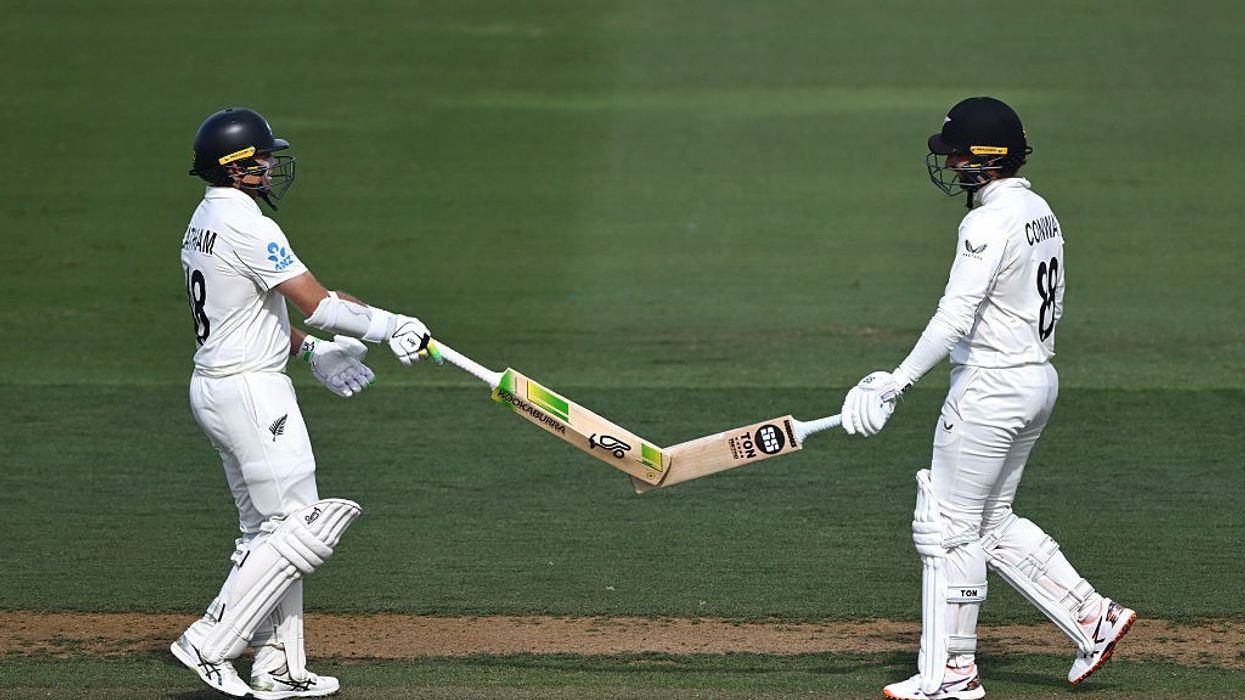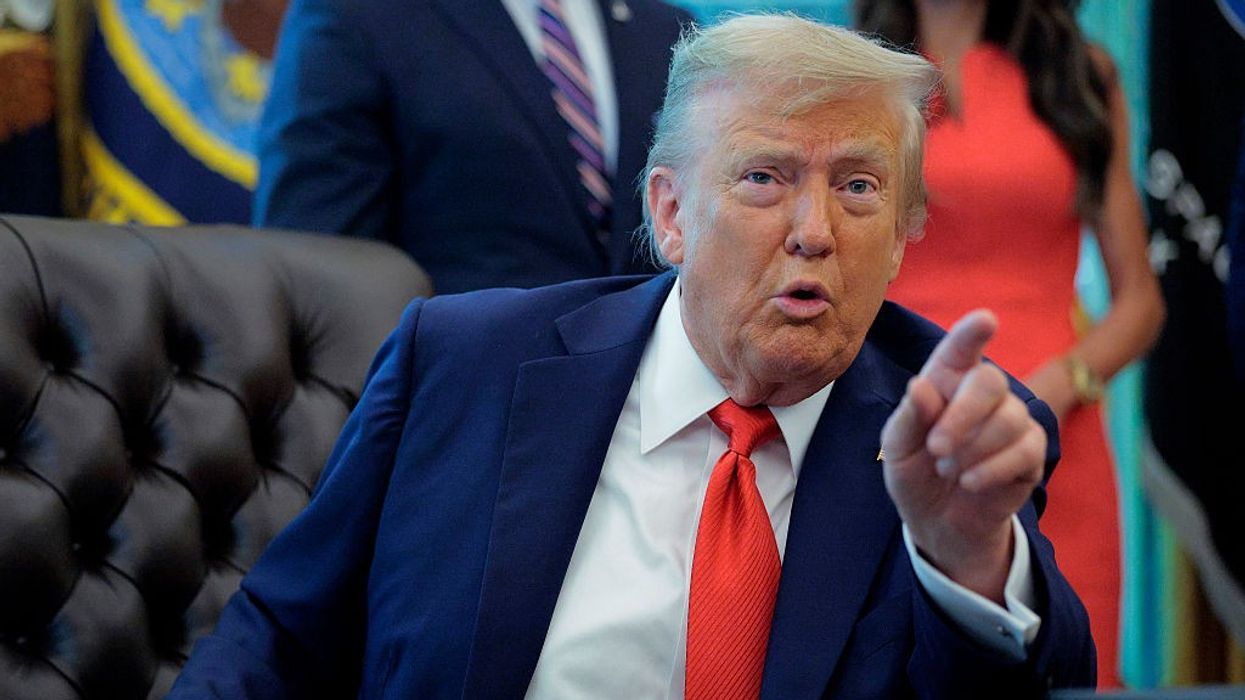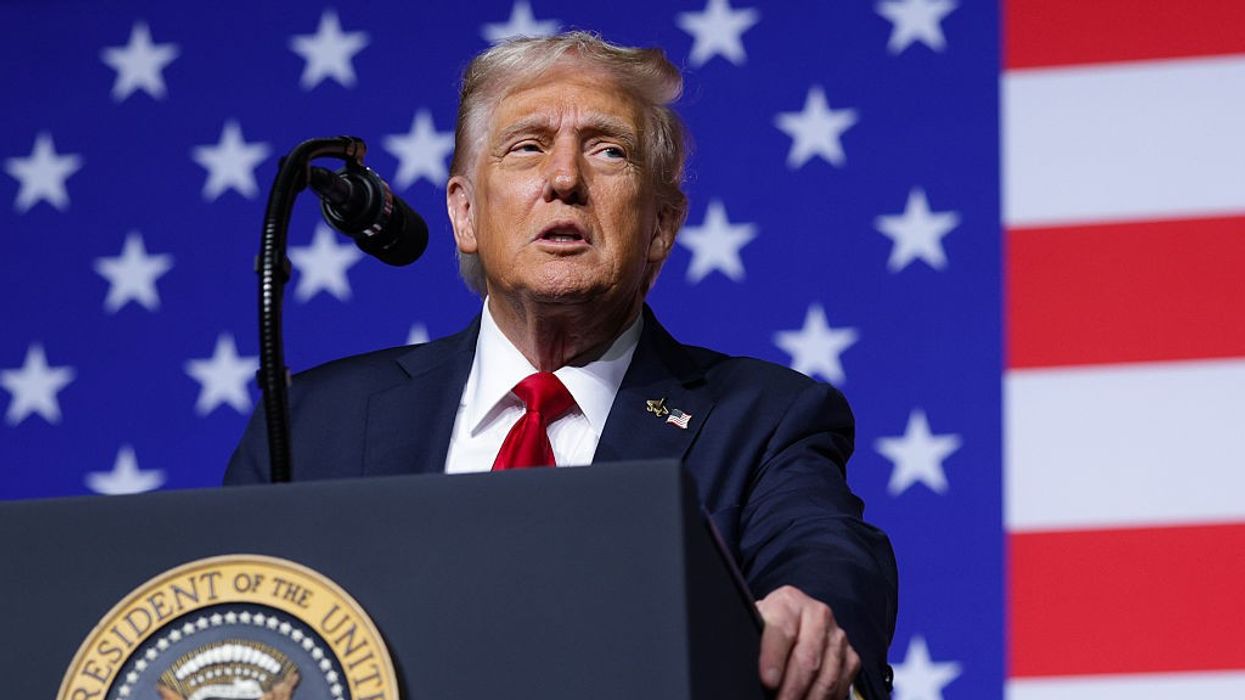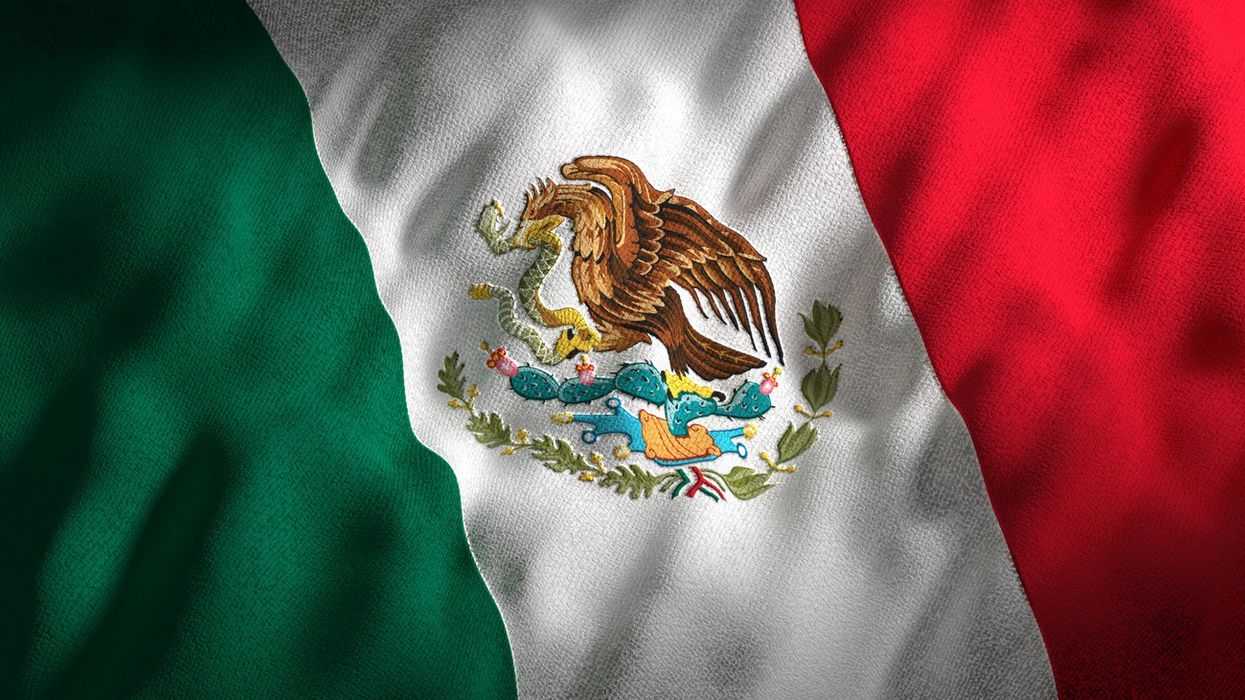Highlights:
- India’s exports to the US fell 11.93 per cent in September amid steep tariffs.
- Shipments to UAE, France, Japan, China, and Thailand surged.
- Overall merchandise exports rose 6.7 per cent to $36.38 billion.
- Basmati rice exports to Iran rose six-fold; tea exports to Europe increased.
- Government identifies 40 key markets for textiles and handicrafts diversification.
India’s aggressive export diversification push is beginning to pay off, softening the blow of the steep 50 per cent tariffs recently imposed by the United States. Fresh trade data for September shows that while exports of cotton readymade garments to the US fell 25 per cent year-on-year, shipments to alternative markets like the UAE, France, and Japan rose significantly.
According to disaggregated official figures, marine product exports to the US dropped 26.9 per cent, but surged over 60 per cent to China, Vietnam, and Thailand. Similarly, outbound shipments of gems and jewelry, basmati rice, tea, carpet, and leather goods have contracted in the US market but grown in others, signaling that India’s diversification strategy is taking effect.
An official source from the Ministry of Commerce said, “Export diversification is visible and is supported by India's free trade agreements, thrust on production-linked incentive schemes, and deeper integration with global supply chains.”
In September, India’s overall merchandise exports grew 6.7 per cent to $36.38 billion, even as exports to the US are still India’s largest single market, fell nearly 12 per cent to $5.46 billion. Currently, the US accounts for about 18-20 per cent of India’s total merchandise exports, with several key sectors heavily dependent on American demand: carpets (60 per cent), made-ups (50 per cent), gems and jewellery (30 per cent), and apparel (40 per cent).
The tariff increase, initially set at 25% on August 7 and doubled to 50 per cent from August 25, has triggered a strategic recalibration in India’s export patterns. The two nations are presently negotiating a bilateral trade agreement (BTA) that aims to boost total trade to $500 billion by 2030.
Meanwhile, commerce ministry data reveals a mixed impact across product categories. Tea and basmati rice exports to the US declined, with tea shipments down 22 per cent year-on-year. However, exports of basmati rice to Iran surged six-fold to $41 million, while tea exports to the UAE, Iraq, and Germany rose. Handmade carpet exports to the US fell 26 per cent, yet exports to Canada and Sweden climbed during the same period.
Ajay Sahai, Director General of the Federation of Indian Export Organisations (FIEO), commented, “Export diversification has started to happen, and this is healthy for the growth of India’s exports.”
To further expand its presence in non-US markets, the commerce ministry has mapped 40 key importing countries across North America, Europe, Asia, Africa, Latin America, and Oceania, collectively accounting for nearly 75% of global textile and apparel demand. Special outreach initiatives are being designed to raise India’s modest 5–6% market share in these economies, focusing on apparel, home textiles, technical textiles, and handicrafts.
However, trade experts remain cautious. One trade watcher noted that while diversification offers resilience, “it remains to be seen how long this shift lasts because the US offers both volume and value. Once the US market opens up post the BTA, some exporters might pivot back.”
















